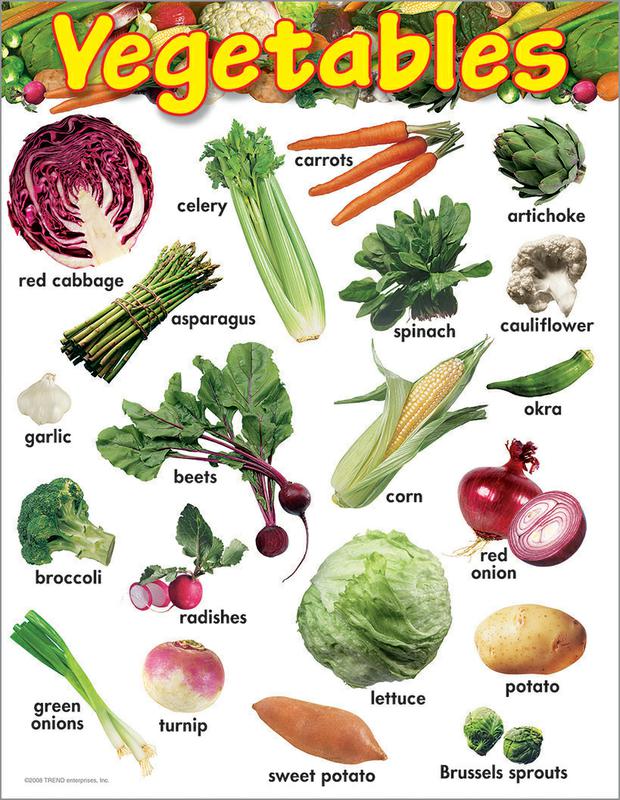Housing and clothing
A quick look at the Grade 1 lessons
Human Beings:Different rooms in the house
Human Beings : Clothes we wear
A house is a place where we feel safe. It protects us from the sun, rain, wind, wild animals and thieves.
Types of houses
-
Permanent houses
- These houses cannot be shifted from one place to another
- People build these houses according to their needs.
- Huts are made of mud, straw, wood , bamboo and clay and are not very strong (also called kucha house in india)
- Flats and bungalows are made of bricks , cement, steel and concrete(mixture of cement, sand,small stones and water). These are very strong. (also called pucca house in india)

-
Temporary houses
- Houses that can be moved easily from one place to another.
- These are also called portable houses.
- They are easy to make and cheap
- Example
- Tent : Made of nylon or canvas.
- Used by soldiers and campers.
- Houseboat : House made on boats that float on water bodies.
- It is made of wood
- Caravan : A house on wheels is called a caravan
- Tent : Made of nylon or canvas.


















